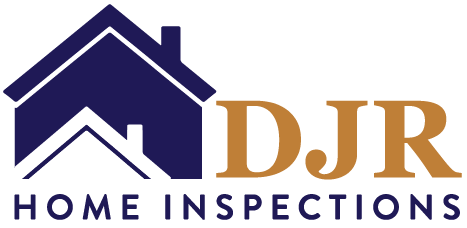Your home is your shelter. Because we want to keep our families healthy and safe, most homes are equipped with fire extinguishers and smoke detectors. Many also have air purifiers and water filters. The Environment Protection Agency (EPA) estimates that as many as one in 15 homes have high levels of radon gas. Learn about the dangers of radon in the home.
What is Radon?
Radon is an odorless, colorless, tasteless gas that forms naturally underground as uranium breaks down. This radioactive gas seeps up to the surface and can enter a building through cracks and gaps. Radon mixes with the air inside and causes health issues over time. Because radon is known to cause lung cancer, it’s important to have your home tested for the gas.
Testing for Radon in the Home
You can purchase a test kit at your local hardware store or on the internet. However, you’ll get the best and most accurate results when you hire a professional to perform the test for you. A radon pro will know how best to administer the test, how long to test, and will obtain a precise reading so that you know the levels of the gas in your living spaces.
What You Can do About High Levels of Radon in the Home
If your test shows levels of 4.0 pCi/L or higher, you’ll need to take steps to reduce the levels. Hire a radon mitigation company to design a system for ventilating radon out of the home. Your mitigation professional will also seal cracks and gaps to help prevent the gas from entering the house again.
After installing a radon mitigation system, you’ll need to test your home again to verify the system continues to reduce radon levels. It is recommended to test your home every year to keep you and your family safe.
DJR Home Inspections offers inspection services, including radon testing, to central and southern New Jersey. Contact us to request an appointment.
